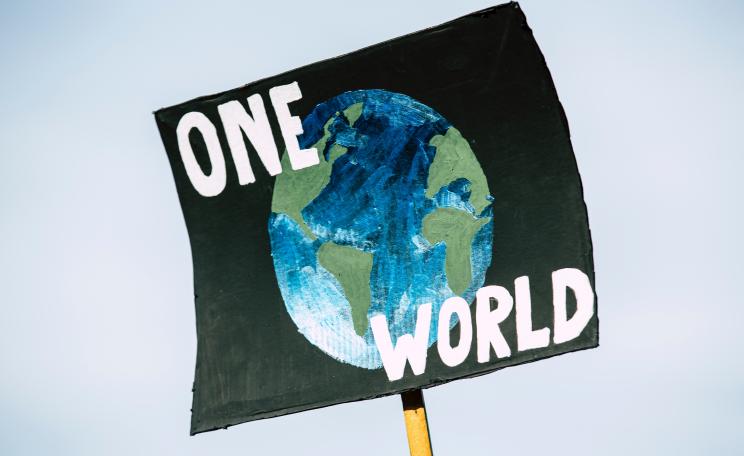His next scam was the so-called Darien venture of selling worthless shares of the Panamanian isthmus, which bankrupted Scotland and forced the Act of Union. A role model for Sir Fred Goodwin, perhaps?
Although an individual who spent their life in debt would be written off by society as a waster, for nation-states this is apparently a quite respectable state of affairs. There are two questions that should be asked from the perspective of green economics: is it fair, and is it sustainable?
On the question of justice one could do worse than consult Percy Bysshe Shelley, our foremost radical poet, who considered the national debt to be a means of transferring wealth from the poor to the rich. Those with spare capital can afford to buy government bonds (promises to pay them back with interest at some future date), allowing a government to spend money now. When the bonds fall due it is the working people who generate cash to repay them. Hence Shelley’s conclusion that the national debt is a system ‘to augment indefinitely the proportion of those who enjoy the profit of the labour of others as compared with those who exercise this labour’.
Our national debt is now reaching such spectacular proportions that the chief executive of the Audit Commission, Steve Bundred, recently felt bound to go beyond his remit of monitoring the spending activities of local authorities to warn it was ‘reckless’. Both he and Frank Field MP, who recently called the levels of government borrowing ‘chilling’, alert us to the ferocious political struggles that such fi scal excess will lead to as spending on public services and those employed by them is squeezed.
The consequences for the planet of borrowing, public or private, are equally grim. Creating money is easy – banks persuade someone to borrow it; governments borrow from citizens’ futures – but once it exists it has a right to make a claim on real stuff: the goods and services that require sweat, resources and energy to produce. This is the explanation for economic growth and the reason why, when growth stops, the pyramid selling scheme falls apart.
The ballooning of money, debt and economic activity over the past 100 years or so has been fuelled by the exploitation of fossil fuels. As Richard Heinberg’s idea of the ‘energy slave’ makes clear, such economic growth would be impossible within the confines of the human capacity for sweated labour. Oil especially has allowed us to defy this natural balance at the price of disrupting the carbon cycle that is the fundamental support system of life on Earth. This is the link between fiscal irrectitude and climate change – when our greed outstrips our capacity for work we just allow Mother Nature to pay the price.
The strategy of creating money now, stimulating economic activity and putting off the problem into the future has run its course. A stable and just money system is vital to develop a democratic global society: it would go a long way towards restoring a rightful relationship with our precious planet and other nations, and is the real answer for any politician pledging to end boom-and-bust cycles.
Molly Scott Cato is a reader in green economics at the Cardiff School of Management.
This article first appeared in the Ecologist May 2009







